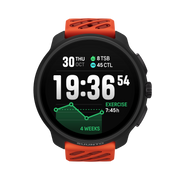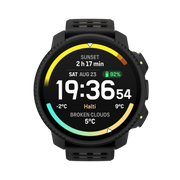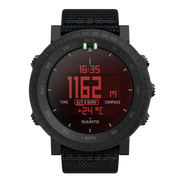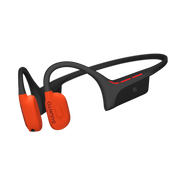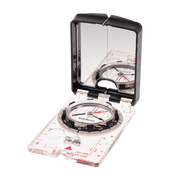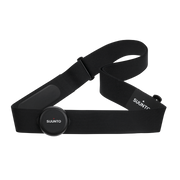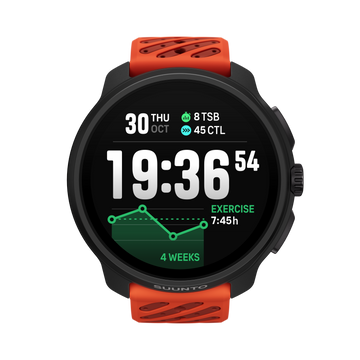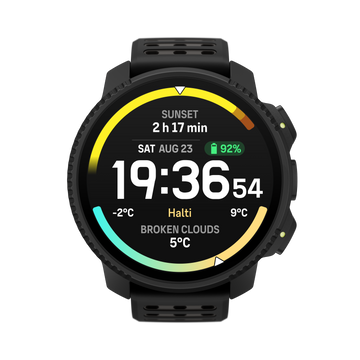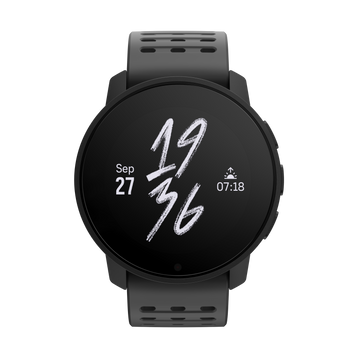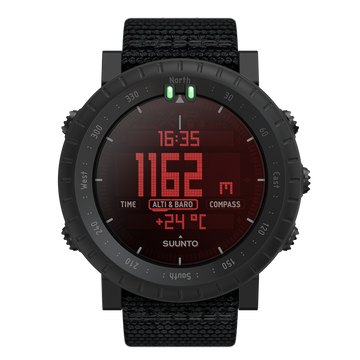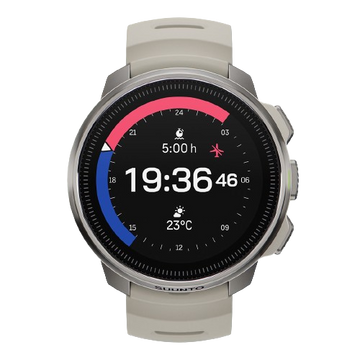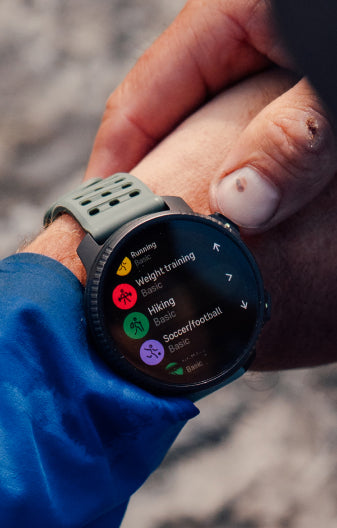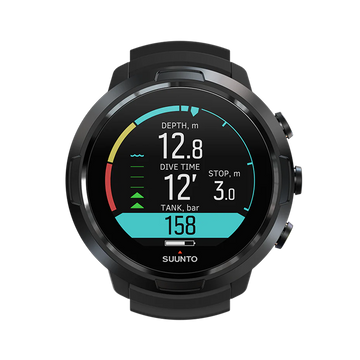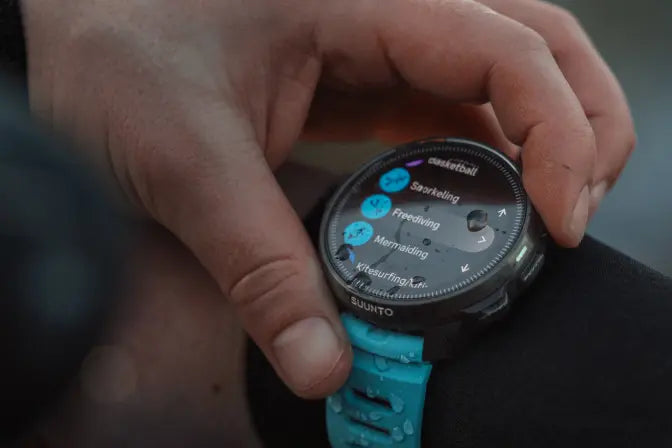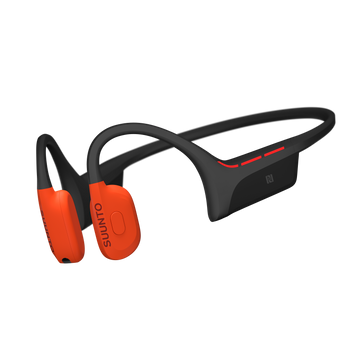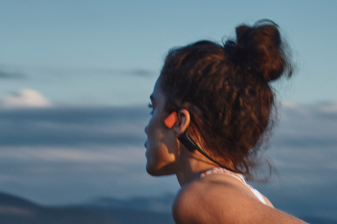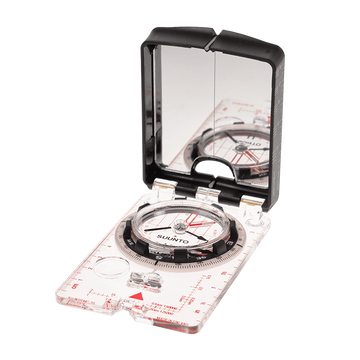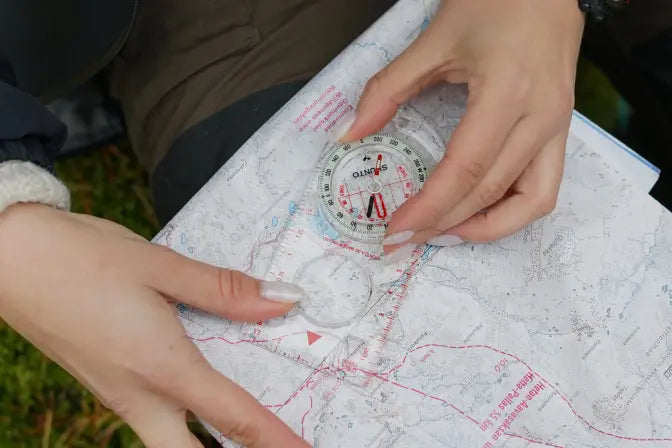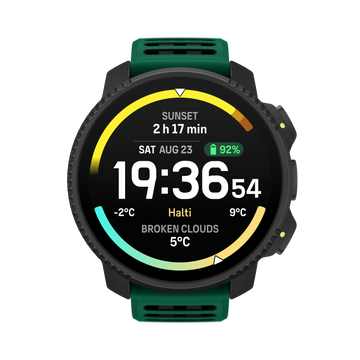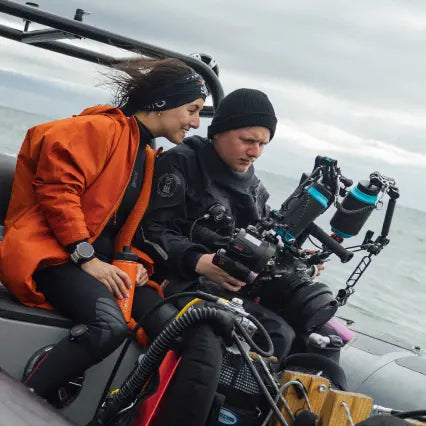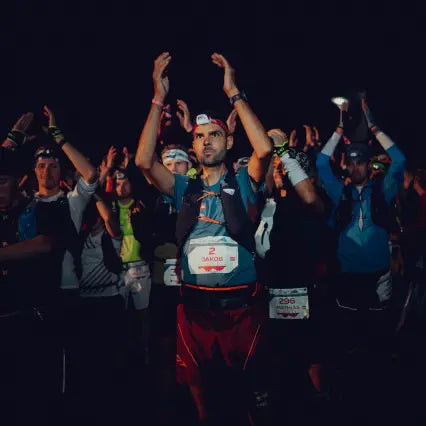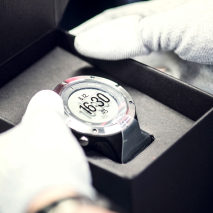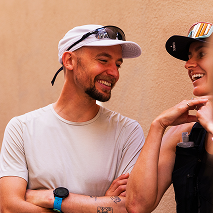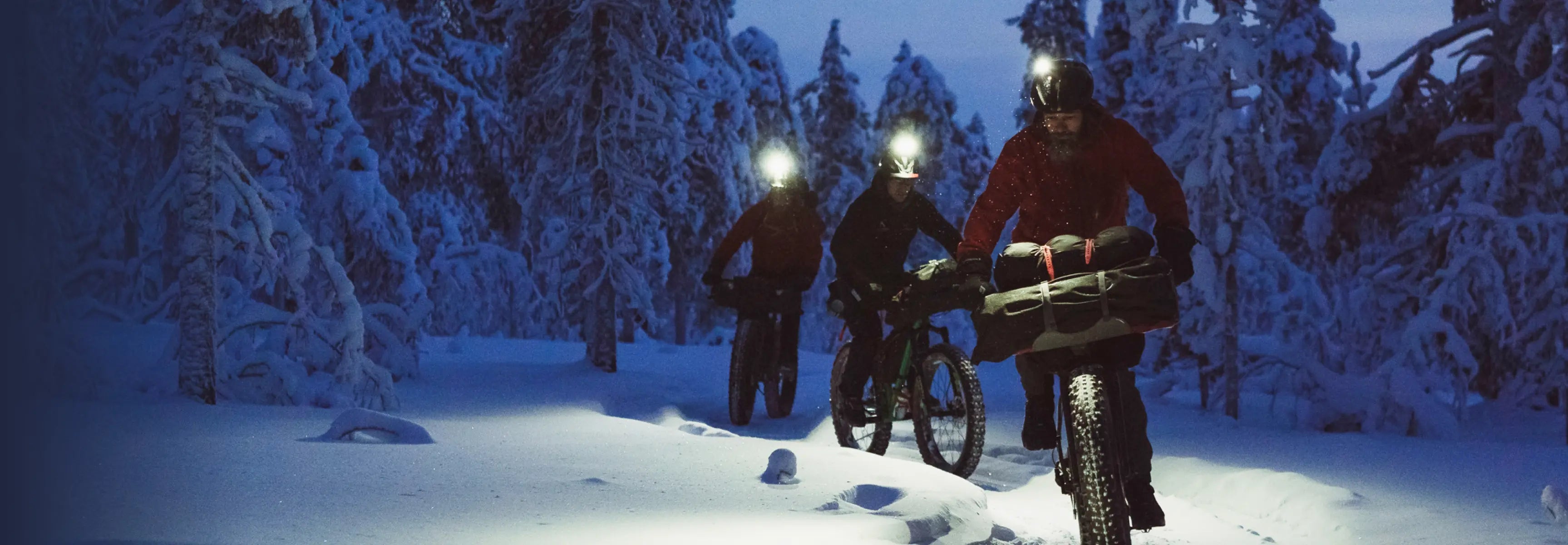
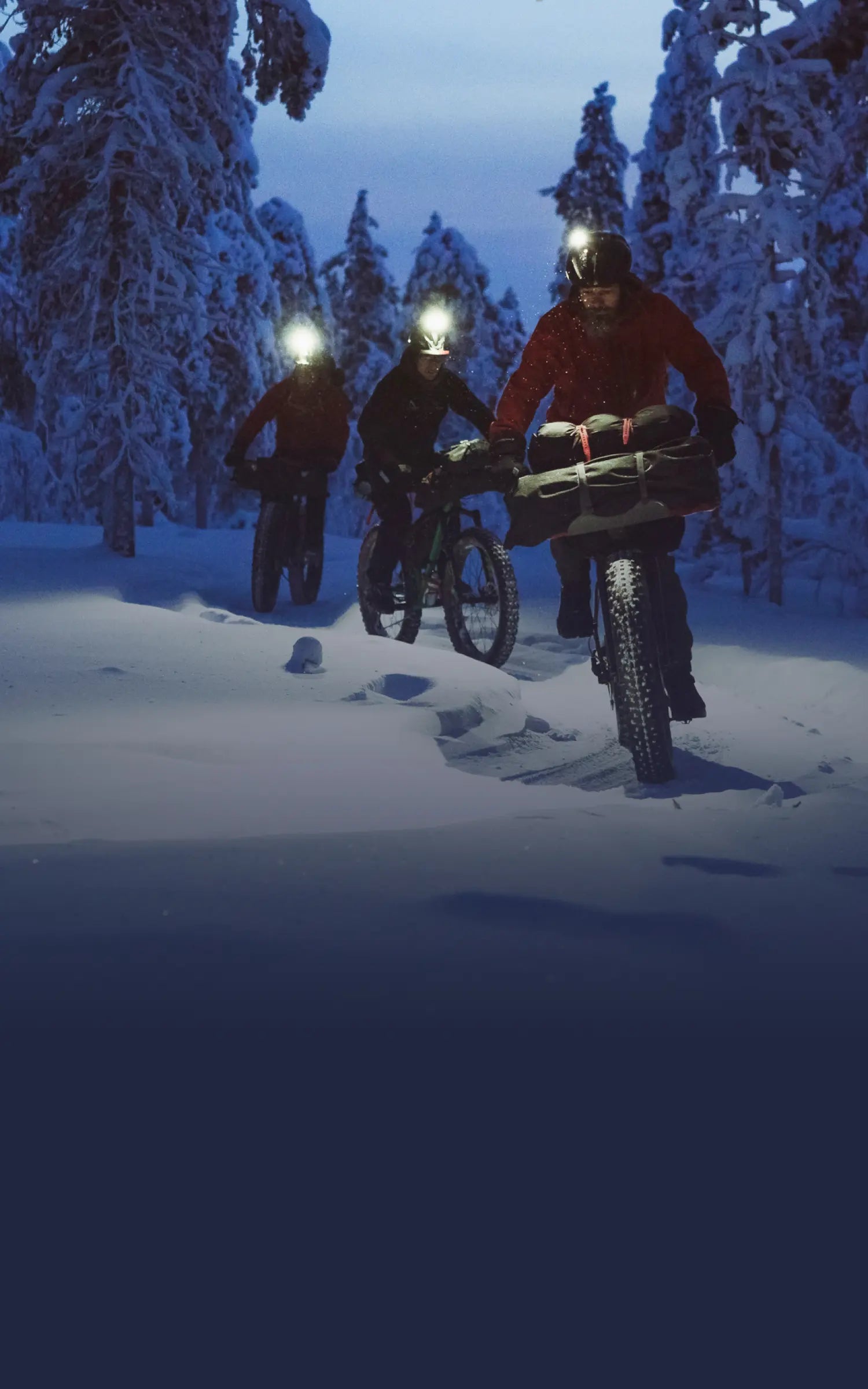
Suunto Blog

“Running” The Euchre Bar Massacre
How does bushwhacking 50 miles and 25k feet of elevation gain without a set course sound?
We asked Suunto ambassador Max King who did just that at the Euchre Bar Massacre near Foresthill, California. Read on and Max will explain why it isn't your typical running race!
”I don't usually do races where a finish is a good result, but every so often, I humbly find myself in one of those situations where I'll just be happy to finish...literally.
On October 16th, I found myself in exactly that situation. This was one of those peculiar races where there’s no "elite" field, there's no finishers medals, or t-shirts. It's just you versus the course, and it's going to do its best not to let you cross that finish line.
And I'm not talking about the self-deprecating, ”Oh gee, I hope I finish,” type of mentality when the normal finish rate is well north of 80%. I'm talking about a race where the finish rate is typically lower than 10% and no one in the field is trying for a fast time.
The Euchre Bar Massacre is in a similar vein to the popular Barkley Marathons in Tennessee, where people – not very many of them – wander around the mountains looking for books to rip pages out of and therefore "prove" they have completed the course. And I use "course" loosely; while there is a route that you are supposed to follow, it's unmarked, mostly off-trail, and ultimately, you're not going to follow the same ”course” as everybody else. (See Max’s Instagram post for book pictures!)
Due to the off-trail nature of the Euchre Bar Massacre, there is significant bushwhacking leading to typical finish times over 24hrs. Did I mention it is only a 50 miler?! The length of the course is irrelevant. Distance on a course like this is measured in ”hills”, as in ”it is 3 hills until the drop bags” rather than ”it's only 10mi till the drop bags.” The vertical gain of each hill and difficulty of the bushwhacking determines the time until you can drop from the race...or stubbornly continue on to the next set of hills.
These types of events aren't popular, and it's not because they are difficult. Trail runners do plenty of hard things. They appeal to a small number of folks that are drawn to this type of adventure. I think each participant's reasons may vary but for me, it's the whole combination of elements that really sucks me in. I love the wild nature of this type of race.
It is remote – I raced alone for 20hrs without seeing another person other than about 10 minutes at the drop bags.
It is rugged, obviously – it has 25k of vert, tons of vegetation, and about half is off-trail. I looked like I was stuffed in a burlap bag with 20 cats before I was done.
It is routeless – with no course markings you're going by map and compass and when it gets dark, you better know how to use that compass. I kept telling myself ”trust in the compass” as I was going in a direction that my mind was telling me was completely the wrong direction. I also did a complete 180-degree circle around a patch of manzanita in the middle of the night and realized I'd been there before. That's a terrible feeling.
There's a lot about an event like this that appeals to me and a few nutty others but doesn't appeal to a lot more people out there. And that's okay.
Now, If you're thinking of getting into one of these, here are a few tips:
First, reconsider your decision...
Second, practice navigating, bushwhacking, and being alone for a long time in a safe space.
Third, put ”For The Win”, or ”FTW” on your calendar as there are no winners, just finishers.
Words and images by: Max King
Thank you for this recount, Max! We sure know who to call when we want all pain and no gain!

Prepare for records to fall...
Today is day 1 of Suunto Vertical Blue and it looks like it's going to kick off in style. There will be 11 national record attempts with an average depth of 71 meters!!! The day should end with some huge announcements, says organizer Will Trubridge. For the latest results, check out the official event Facebook page. In the meantime, enjoy the video below.

What's your adventure?
Adventures take us to new experiences and out of the everyday. Kilian Jornet says that exploring is human; Greg Hill that adventure is a mindset.
Watch the Suunto Adventure video and hear what Kilian Jornet, Greg Hill, Jill Heinerth and Conrad Stoltz think of adventure.
Top image: © Bruno Long
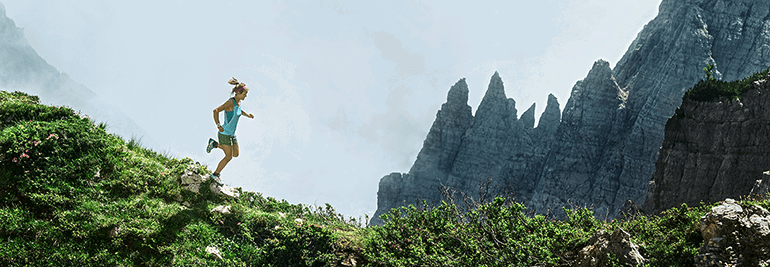
Emelie Forsberg, the unstoppable Swede
Talk to Emelie Forsberg and you'd think she's just another mountain-loving adventure girl with a fondness for baking home-made cookies. But behind the fun-loving Swede is a phenomenal podium-winning athlete – one who has excelled in several trail running disciplines – as well as competition ski-mountaineering.
A three-time Sky Running World Series champion (2012-2014), Emelie exceeds at marathon and ultra distance events. These are mountain trail races which feature several thousand meters of vertical ascent and range from 30 to over 50 km long over terrain that can range from loose rock to high altitude snow fields. To mountain runners these are races that are steeped in legend and lore, races like Zegama, Pikes Peak, Kima and modern classics like Transvulcania and the Diagonale des Fous.
She is fiercely competitive and has an impressive medal tally – too long to list here – but it's clear that winning is not her primary goal.
“I'm not going to remember a win in 40 years time — I will remember the view or the feeling,” she says.
There's a photo of her taken just before she crossed the finish line of the 80 km Mt Blanc marathon, a race that would crown her 2014 Skyrunning Ultra champion. It's distinctive for one feature – an enormous smile she can't contain. She looks as if she's just run a 5 k, far less a gruelling double marathon.
“From my heart I can truly say I enjoyed every second of it,” she wrote on her Facebook page shortly afterwards: “Pure skyrunning. J´adore! I love!”
It's Emelie's infectious love of running that shines through above all else.
“It's hard to describe it's so good,” she says. “You get a really good feeling in your legs. You feel so light – you're just flowing over the ground. You feel like really wow, I could go on forever, or wow, what a great feeling.”
It was this feeling that propelled her onto the professional circuit. One of her first wins was a local uphill mountain race in Norway's Yotunheimen national park in 2010. What is extraordinary is that prior to the race, and on the same day, Emelie decided to go for a run that became a 50 km ultra with 4,000 m of vertical.
“I was free that day so thought I would run around,” she says by way of explanation. “It was super beautiful.”
Not all races are beautiful experiences however. During the 2014 Kima she took a wrong turn and dropped from 1st to 5th position. She still finished 2nd.
And besides official races, she's also a fan of the Fastest Known Time (FKT) movement, which are self-organized and (often) solo attempts to break speed records on mountains. In 2014 she set the overall record on Sweden's highest mountain Kebnekaise, shaving 15 minutes off the previous record.
Big mountains play a big part in her life. When she's not competing Emelie loves to hang-out in the mountains, camping, hiking, climbing and skiing in winter. Of course, that also means competing on skis too, in the ski mountaineering world cup. Despite being a relative newcomer to the sport, 2015 brought Emelie her first podium, a third place in the Trofeo Marmotta.
“I like to be out in the mountains in the winter too,” she says, “and this is just another way. The training is the same as before just different on skis. It's fun to race, it's good training – actually the hardest training I have ever done!”
Where next for the Swedish athlete? Whatever it is, it's bound to involve some big mountain adventures. “The best times are when you're in the mountains, where the clock and the world outside don't count. Mountains are simplicity, freedom and responsibility — everything that I love!”
Face to Face with Emelie Forsberg – #SuuntoAdventure Video Series, Episode 1
In the first episode of #SuuntoAdventure Video Series you will meet Swedish trail runner, ski mountaineer and mountain lover Emelie Forsberg.
Emelie is all smiles – but don't let that fool you: she is fiercely competitive, too. Read Emelie's profile here.
Watch also the other episodes in the series:
Face to Face with Greg Hill – #SuuntoAdventure Video Series, Episode 2
Face to Face with Kilian Jornet – #SuuntoAdventure Video Series, Episode 3
Face to Face with William Trubridge – #SuuntoAdventure Video Series, Episode 4
Face to Face with Conrad Stoltz – #SuuntoAdventure Video Series, Episode 5
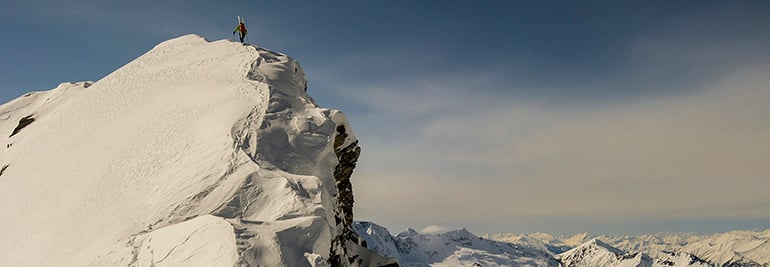
Hills to Climb
Make no mistake, Greg Hill is fit. Super-human fit. As one of the world’s leading ski mountaineers, he has pioneered first descents, summited over 190 mountains and climbed and skied millions of meters.
For Greg, winter isn’t complete without pushing himself. Which is why he spent March 2014 tackling 100,000 m of vertical in deep in his native Canada’s backcountry Why? “I've always been curious about my human potential and to see what I can do,” says Greg.
The March Madness campaign saw him skiing for up to 10 hours a day to cover between 3,000m to 4,000m of vertical. And if that wasn’t tricky enough, he never skied the same place twice and summited 11 mountains on the way. “It was as hard as anything I've done, waking up every morning and getting out there,” says Greg, but the long climbs were rewarded with stunning powder runs: “It was the best human-powered powder month ever! It was ridiculous. This was 97% great skiing!”
Believe it or not, that’s not Revelstoke-based Greg’s biggest vertical achievement. Back in 2010 he dedicated a year of his life to climbing and skiing two million feet (609,600 m). The challenge took him to four different countries and saw him climb 114 km and ski 1,039 days. 77 of those days saw him tackle over 3,000 meters of vertical, and his toughest day involved a 7,000m climb and ski. After reaching his target, Greg celebrated the way he knows best; by putting his skins back on and doing one more lap. “My legs felt light, my pace free and the turns great of course,” blogged Greg afterwards.
He’s clocked in a few records over the years as well. He was the first North American to climb and ski 40,000 ft (12,200m) in 24 hours, set the Spearhead traverse record in an impressive four hours one minute and was once climbed and skied Mont Blanc in a day. No wonder he was labeled one of the Top 25 fittest men in the world by Men’s Fitness in 2011.
What led Greg to these super-human feats? Trees! One million of them. His former summer job was planting spruce and pine trees. As he was paid per tree, he pushed himself to plant around 1,500 a day and discovered a talent for logging hours in the backcountry. “It taught me a lot about how to persevere,” says Greg.
